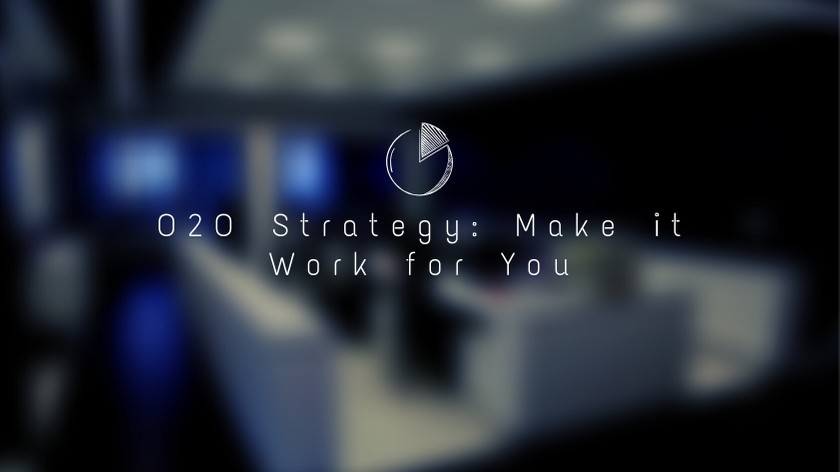
|
Check out our new audio content!
Getting your Trinity Audio player ready...
|
O2O Strategy: Make it Work for You
O2O stands for both Online to Offline or Offline to Online. If you operate a brick-and-mortar store location, you may find it hard to compete with online retailers. Online shops allow customers to shop for almost anything without leaving their houses.
Using the O2O strategy, you can convert online customers to offline customers. Find out how to drive more foot traffic to your physical location using the online-to-offline strategy.
What Is the O2O Strategy?
O2O stands for “online-to-offline.” The O2O strategy is a method for harnessing online sales to generate more offline sales. It can also refer to offline-to-online tactics.
Thanks to technology, people find it more convenient to shop from home. This has hurt local businesses and retailers with physical locations. In some cases, businesses have shifted their focus to online sales to remain competitive.
The following O2O strategies help you bring more online business to your storefront.
Allow Online Actions to Occur Offline
The most used O2O strategy involves allowing online interactions to occur at your physical location. For example, you can allow customers to place orders online and pick them up at your store. You could also permit customers to return online purchases at your store.
Having customers enter the store allows them to explore more of your merchandise, which may lead to more impulse purchases.
Offer Incentives for Offline Transactions
Giving customers additional reasons to visit your physical location may help increase foot traffic. Make it more enticing to visit your store by offering special discounts or promotions for in-store purchases.
For example, you could promote an in-store sale on your online store. Customers can still complete the transaction online and pick up the item at your store.
Improve Customer Personalization
Your website provides valuable insight into your customers’ spending habits and interests. You can use these insights to deliver a more personalized experience at your store.
Customers may opt-in to receive notifications on their phones when they walk into your store or receive recommendations for related products during checkout. These simple steps make the shopping experience more personal, which tends to build greater brand loyalty.
Create a Seamless O2O Experience
As you start implementing O2O strategies, try to maintain a seamless experience. Customers should receive the same level of service no matter if they shop online or visit your physical store.
Some businesses are trying to bridge the gap between online and offline shopping through online payment processing. For example, if you allow customers to pay with PayPal or Google Pay on your website, they can pay using these methods at your physical store.
PayPal, Google, Apple, and Shopify have solutions for integrating point-of-sale (POS) systems for brick-and-mortar stores. You can also use the same system for remote events, such as outdoor sales or pop-up events.
These are just a few ways to leverage your online presence to generate more offline sales. Pay attention to the feedback that you receive from customers. Use their input to find new ways to create a better online-to-offline transition.
